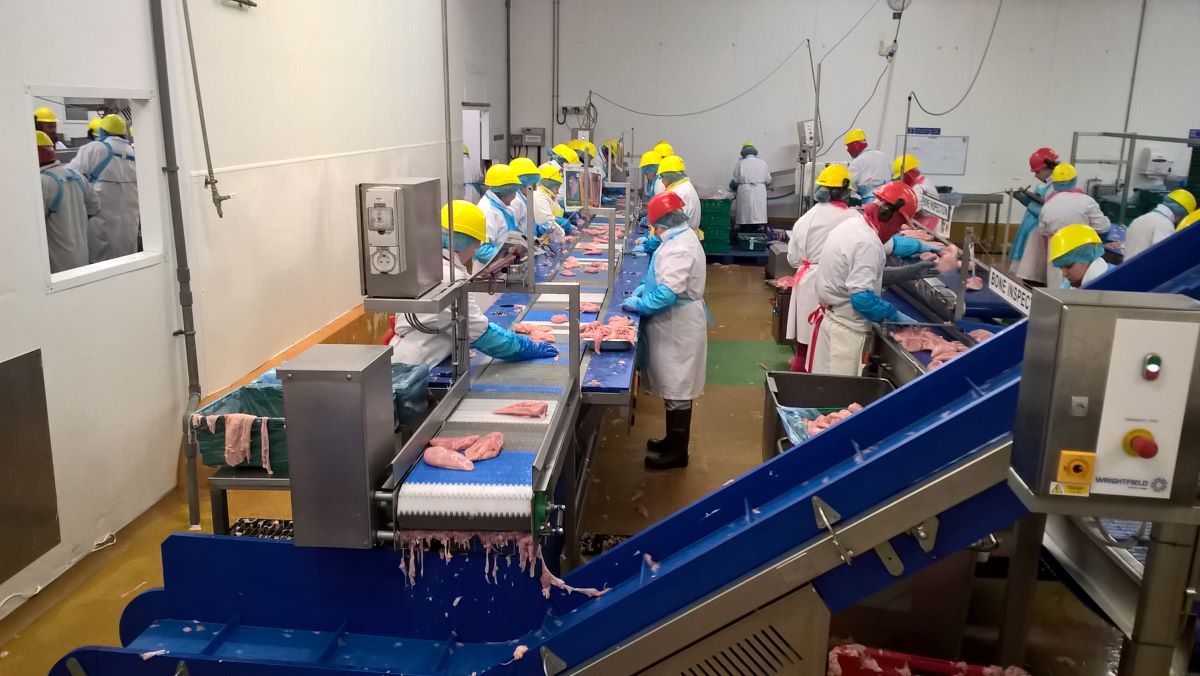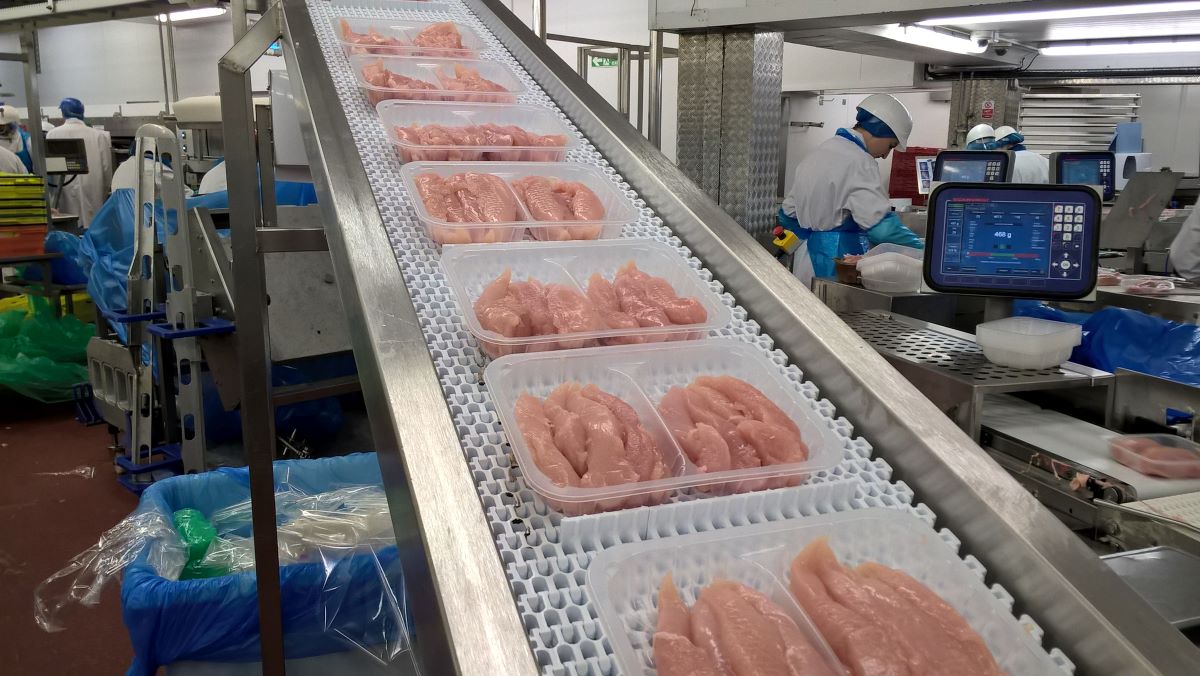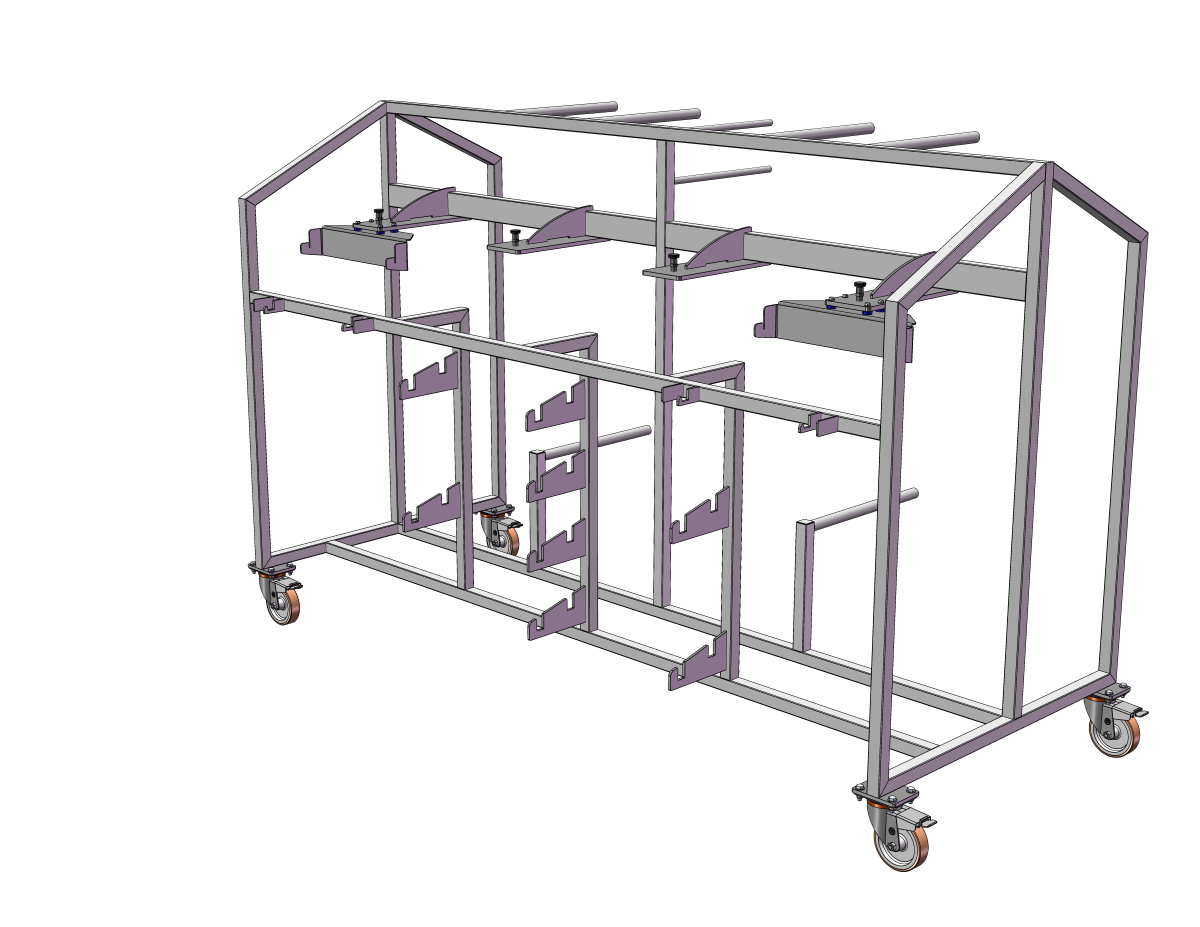Project: Bespoke Food Dicer Rack Objective: The client needed a tailored storage solution for their…
Selecting the correct food grade conveyor belt is critical for ensuring your food processing operation’s efficiency, safety, and hygiene. With various belt types available, it’s essential to understand which one best suits your specific needs. This article will guide you through the key considerations and steps to help you choose between modular belts, slat chain belts, PU belts, polycord belts, and wire belts.
Understanding the choices for food grade conveyor belts
The first step in selecting a food-grade conveyor belt is understanding your needs and requirements. Consider the following factors:
- Type of Food Products – Different food products have unique handling requirements. For instance, raw meat requires a different belt type than baked goods or confectionery.
- Processing Environment – Assess the environmental conditions, such as temperature (hot or cold), humidity, and exposure to chemicals or oils.
- Hygiene Standards – Ensure the belt meets the food safety and hygiene standards stipulated by the Food Standards Agency (FSA) and other relevant UK authorities.

Modular Belts
Interlocking Modules: These belts consist of interlocking plastic modules, which can be easily replaced individually, reducing maintenance costs.
- Durability: Modular belts are robust and can handle heavy loads and high-impact conditions.
- Customisability: They can be customised with features like side guards, flights, and perforations to suit specific applications.
- Applications – Ideal for general food processing, including meat, poultry, seafood, and dairy products. Suitable for processes requiring frequent cleaning, as their modular design allows easy disassembly and reassembly.
Slat Chain Belts
Heavy-Duty Construction: Made from metal or plastic slats linked by a chain, slat chain belts are extremely durable.
- Smooth Transport: Provide a stable, flat surface for transporting heavy or bulky items.
- Versatility: Can handle a variety of food products, including those with irregular shapes.
- Applications – Commonly used in bottling and packaging lines. Suitable for transporting heavy loads and products that need a flat, stable surface.
PU (Polyurethane) Belts
Flexibility and Strength: PU belts are known for their flexibility and tensile strength, making them suitable for various applications.
- Resistance to Oils and Fats: They resist oils, fats, and chemicals, making them ideal for food contact applications.
- Smooth Surface: Easy to clean and maintain, reducing the risk of contamination.
Applications – They are ideal for meat, dairy, bakery, and confectionery products. They are also suitable for environments where hygiene is critical, as they meet high food safety standards.
Polycord Belts
- Elasticity: Polycord belts are highly elastic and can handle shock loads effectively.
- Easy Installation: These belts are easy to install and replace, making them cost-effective for maintenance.
- Custom Lengths: Can be cut to any length on-site, providing flexibility in various applications.
Applications – Suitable for light to medium load applications, such as transporting baked goods, snacks, and packaging materials. Used in applications where frequent belt changes or adjustments are necessary.
Wire Belts
Heat Resistance: Wire belts can withstand high temperatures, making them suitable for baking, frying, and cooling applications.
- Open Structure: The open mesh design allows for airflow and drainage, which is beneficial in cooling and washing processes.
- Durability: Made from stainless steel or other durable materials, wire belts resist corrosion and wear.
Applications – Ideal for baking, frying, drying, and cooling processes. Suitable for environments that require easy cleaning and sterilisation.

Consider the Total Cost of Ownership
While the initial cost of the conveyor belt is an important consideration, evaluating the total cost of ownership is essential. Consider factors such as:
- Energy Efficiency: Choose belts that reduce energy consumption, lowering operational costs.
- Maintenance Costs: Opt for belts that are easy to maintain and have a longer lifespan, reducing replacement frequency.
- Downtime: Consider how easy it is to install, clean, and repair the belt to minimise downtime.
Partner with a Reputable Supplier
Choosing the right supplier is as important as choosing the right conveyor belt. Look for suppliers who offer:
Expertise and Support: A knowledgeable supplier can provide valuable guidance and support in selecting the right belt for your needs.
Quality Assurance: Ensure the supplier adheres to high-quality manufacturing standards and provides belts that meet regulatory requirements.
After-Sales Service: Reliable after-sales service, including installation support and maintenance, can significantly enhance operational efficiency.
Selecting the correct food grade conveyor belt is critical for ensuring your food processing operation’s efficiency, safety, and hygiene. By understanding your specific requirements, choosing the suitable materials, considering hygiene and durability, evaluating design features, ensuring compliance with UK food safety standards, considering the total cost of ownership, and partnering with a reputable supplier, you can make an informed decision that enhances your production process and ensures the highest standards of food safety.




